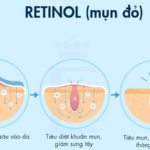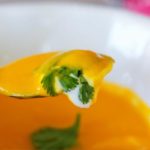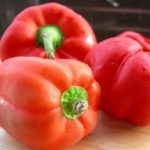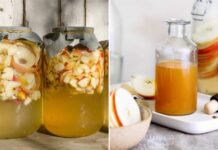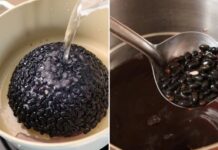Nutritional Content of Pate
Pate is a soft, spreadable delicacy, typically made from a mixture of animal liver, meat, and spices. With a rich and savory flavor, it is commonly enjoyed with bread, sandwiches, or hot sticky rice. Nutritionally, 100g of pate packs a punch with 319 kilocalories, 1.5g of carbohydrates, and 14g of protein, along with a host of other essential nutrients.

Pork liver is the star ingredient in most pate recipes, and for good reason. Scientific research has shown that pork liver is highly nutritious, boasting a high protein content and an array of essential nutrients. Notably, it contains significantly more vitamin A than eggs, meat, or fish.
Consuming pate can have benefits for your eyesight, helping to prevent dry eye and eye strain. Additionally, the abundant vitamin C content in pate boosts immunity, fights aging, and even inhibits cancer cell growth.
For those with busy lifestyles who don’t have time to cook elaborate meals, pate is a convenient way to ensure you’re getting the necessary nutrients your body needs on a daily basis.
Who Should Avoid Pate
Pregnant Women
It’s important to note that all forms of pate, whether made from meat, vegetables, or fish, tend to harbor higher levels of listeria bacteria compared to other foods. Excessive consumption of pate by pregnant women can lead to flu-like symptoms and food poisoning, and in more severe cases, may result in miscarriage, premature birth, or even infant death.

Animal liver, the primary ingredient in pate, is exceptionally rich in vitamin A. While this is generally beneficial, excessive vitamin A intake during pregnancy can lead to adverse effects, including dizziness and nausea, and may even cause fetal malformations.
However, it’s worth noting that the risk of listeria infection from pate consumption is relatively low, affecting only 1 in 25,000 pregnant women. The key is moderation—limiting yourself to 1-2 servings of pate per week is generally considered safe.
Hypertension Patients

As mentioned earlier, animal liver, the key ingredient in pate, is high in cholesterol. For individuals with hypertension, excessive consumption of pate can contribute to atherosclerosis and worsen heart disease.
To maintain cardiovascular health, those with heart conditions should limit their pate intake to once a week.
Healthy Ways to Enjoy Pate
Avoid Untraceable Sources
In an effort to cut costs, some pate manufacturers use questionable ingredients, expired products, and unsanitary production processes, resulting in low-quality and potentially unsafe products.

Consuming pate from unknown or unreliable sources can introduce harmful bacteria into your body, leading to stomach aches, diarrhea, and food poisoning. Over time, these toxins can accumulate and increase your risk of cancer.
Homemade Pate
If you’re concerned about the quality of store-bought pate, you can always make your own at home, ensuring it’s prepared safely and hygienically.
Since animal liver is the body’s detoxification organ, it can accumulate toxins and impurities. Therefore, it’s crucial to thoroughly clean and properly prepare the liver before making pate.

Soaking the liver in water helps eliminate toxins. You can also use white wine or unsweetened alcohol to neutralize the liver’s strong flavor, resulting in a more palatable pate.
It’s important to thoroughly cook the liver to destroy any bacteria and parasite eggs that may be present. This ensures your homemade pate is not only delicious but also safe to eat.
Cook the Perfect Carrot Soup for Babies That Moms Will Love – Ready in No Time!
The recently released GREEN Electric Machine pressure cooker will help mothers cook carrot soup and provide their children with the nutrients they need to keep their eyes healthy. The pressure cooker will make it easier to whip up this nutritious snack that can provide kids with vitamin A supplements for improved vision.
The GREEN Electric Machine pressure cooker has just been unveiled, providing mothers with a convenient way to prepare carrot soup for their children. This healthful snack can give kids the vitamin A supplements they need to prevent eye diseases, promote healthy eyesight, and enjoy a delicious meal.
Uncovering the Benefits of Eye Massage: 3 Unexpected Effects
Do you want to know how to protect your eyes and eyesight with simple massage techniques? Recent research has revealed that daily eye massage can provide a number of unexpected benefits to those looking to maintain healthy eyes and vision. Keep reading to find out more about the effects of eye massage and some simple exercises!


























